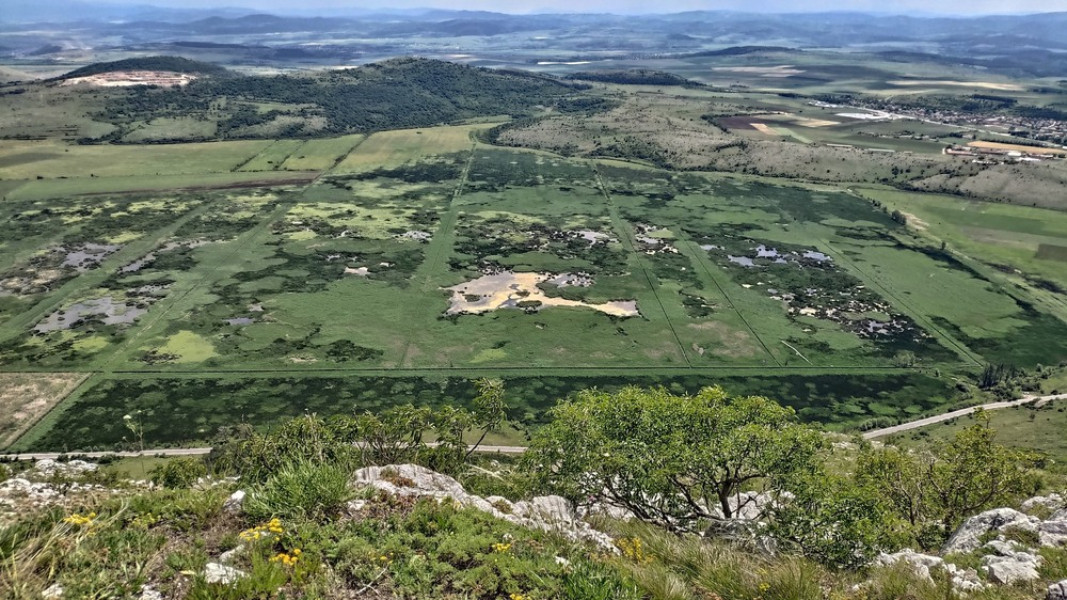


Eight thousand years ago, one of the most mysterious cultures in the Balkans emerged in the area of the present-day village of Dolnoslav. In the area of Asenovgrad , between the plain and the mountains, archaeologists uncover settlement mounds..
St. Valentine's Day is the most long-awaited holiday for lovers and the Bulgarians have a special advantage as we can combine it with Trifon Zarezan- the holiday of wine. And when there is wine, there is love. This wonderful symbiosis..
Bulgaria’s Minister of Tourism Miroslav Borshosh held a working meeting in Brussels with Glenn Fogel, Chief Executive Officer and President of Booking Holdings. The meeting took place during Destination Europe Summit organized by the European Travel..
The new eco trail above the village of Nevsha in Vetrino Municipality (Varna Region) is now a reality. The 10-kilometer route, leading to the impressive..

+359 2 9336 661
